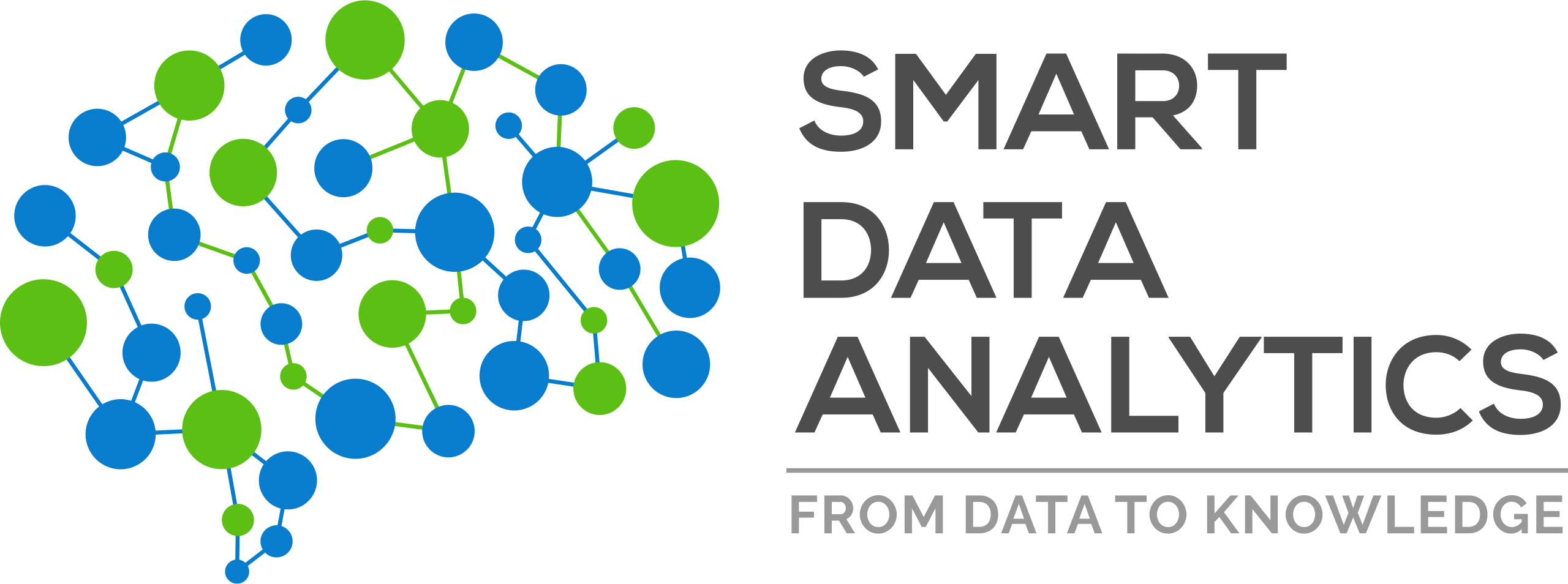We are happy to announce SANSA 0.4 – the fourth release of the Scalable Semantic Analytics Stack. SANSA employs distributed computing via Apache Spark and Flink in order to allow scalable machine learning, inference and querying capabilities for large knowledge graphs.
- Website: http://sansa-stack.net
- GitHub: https://github.com/SANSA-Stack
- Download: http://sansa-stack.net/downloads-usage/
- ChangeLog: https://github.com/SANSA-Stack/SANSA-Stack/releases
You can find the FAQ and usage examples at http://sansa-stack.net/faq/.
The following features are currently supported by SANSA:
- Reading and writing RDF files in N-Triples, Turtle, RDF/XML, N-Quad format
- Reading OWL files in various standard formats
- Support for multiple data partitioning techniques
- SPARQL querying via Sparqlify
- Graph-parallel querying of RDF using SPARQL (1.0) via GraphX traversals (experimental)
- RDFS, RDFS Simple, OWL-Horst, EL (experimental) forward chaining inference
- Automatic inference plan creation (experimental)
- RDF graph clustering with different algorithms
- Terminological decision trees (experimental)
- Anomaly detection (beta)
- Knowledge graph embedding approaches: TransE (beta), DistMult (beta)
Noteworthy changes or updates since the previous release are:
- Parser performance has been improved significantly e.g. DBpedia 2016-10 can be loaded in <100 seconds on a 7 node cluster
- Support for a wider range of data partitioning strategies
- A better unified API across data representations (RDD, DataFrame, DataSet, Graph) for triple operations
- Improved unit test coverage
- Improved distributed statistics calculation (see ISWC paper)
- Initial scalability tests on 6 billion triple Ethereum blockchain data on a 100 node cluster
- New SPARQL-to-GraphX rewriter aiming at providing better performance for queries exploiting graph locality
- Numeric outlier detection tested on DBpedia (en)
- Improved clustering tested on 20 GB RDF data sets
Deployment and getting started:
- There are template projects for SBT and Maven for Apache Spark as well as for Apache Flink available to get started.
- The SANSA jar files are in Maven Central i.e. in most IDEs you can just search for “sansa” to include the dependencies in Maven projects.
- Example code is available for various tasks.
- We provide interactive notebooks for running and testing code via Docker.
We want to thank everyone who helped to create this release, in particular the projects Big Data Europe, HOBBIT, SAKE, Big Data Ocean, SLIPO, QROWD, BETTER, BOOST and SPECIAL.
Spread the word by retweeting our release announcement on Twitter. For more updates, please view our Twitter feed and consider following us.
Greetings from the SANSA Development Team


